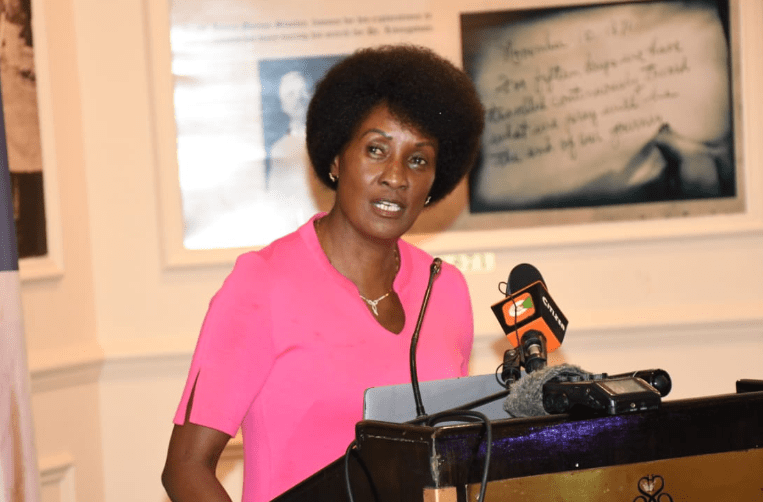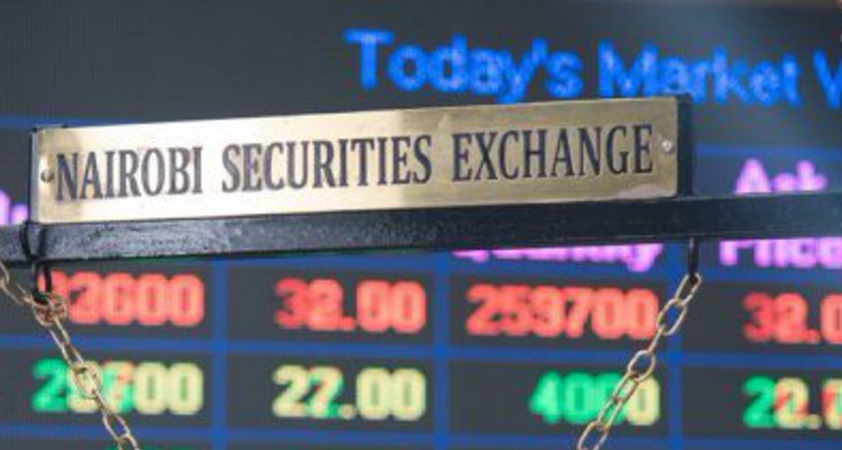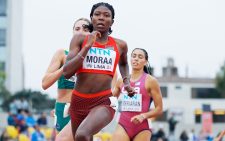Media must assert its role as public watchdog

Never before in Kenya’s history has the role of the media come under sharper focus than in the past few months.
Mass protests against unpopular government policies triggered by young Kenyans christened Gen Z have been extensively covered in local and international media.
The authorities never expected the scale and intensity of the massively publicly backed protests that forced President William Ruto to drop the 2024 Finance Bill and dismiss his Cabinet.
Not even the “master of mass demonstrations” Raila Odinga could match the ferocity and impact of Gen Z protests whose ramifications are still being felt to date.
President Ruto had to reach out to his bitter political rival Raila to rescue his beleaguered government at great political cost, aside from the humiliating withdrawal of his unpopular economic policies.
It is a living public relations nightmare as the pressure piles on the Kenya Kwanza administration. Co-opting Raila’s key allies into the Cabinet may have restored an uneasy calm, but the spectre of the protests still looms large.
Spiralling demands have placed protesters on a permanent collision course with the establishment. An ugly face of discomfort at a popular national cause has been amplified by repressive actions and policy brutality against peaceful protesters.
Traumatically, the heavy police presence, especially in the epicentre of the protests – Nairobi’s central business district – has caused tremendous loss of business and plummeting national revenues.
Goons have disrupted peaceful protests, with the suspected complicity of security agents and politically correct individuals. Abductions of government critics by hooded armed men and hostility to the media have further illuminated the State in a bad light.
These draconian actions have drawn condemnation from human rights groups, the Opposition, religious groups and the international community, including President Ruto’s key ally, the US government.
Police brutality persists against the media covering protests, as witnessed during last Thursday’s Nane Nane (8 August) Gen Z demos at which the police continued to attack journalists, including CNN’s Larry Madowo.
This happened on the day of the continent’s premier journalists’ event, the Africa Media Summit organised by the International Media Association.
Such brutal unlawful police actions have been preceded by veiled threats from government operatives against journalists and media houses.
Despite the repression, the media’s resilience and a stingingly analytical social media have exposed and hung the dark side of the government on a hook.
With the justice system in the glare of the media, the spotlight is on the perpetrators. If local oversight institutions cannot act decisively, then police at individual and command levels will be prosecuted at the International Criminal Court.
Now is the time for the media to assert its role as the watchdog of society and hold power to account for violating the Constitution by applying unjust and oppressive tactics to suppress guaranteed freedoms.
Freedom of the press is a paramount pillar of any democratic state and whoever attempts to muzzle journalists is an enemy of the people who must be forced to face the full consequences of their actions.
No amount of police brutality or force can stop the people’s demand for absolute freedoms enshrined in the Constitution.
As the Fourth Estate and defender of human rights, the media must constantly remind the State that it will never win the war against protesters fighting for democracy and justice.
Harsh lessons from Bangladesh paint a vivid picture of this reality.
— The writer comments on national affairs-











